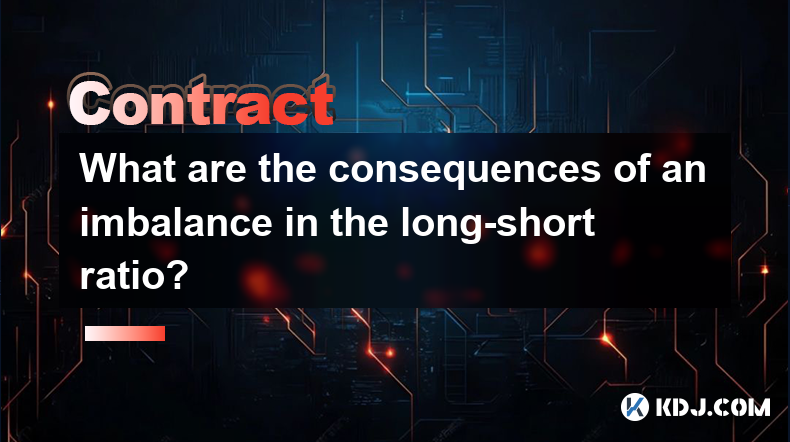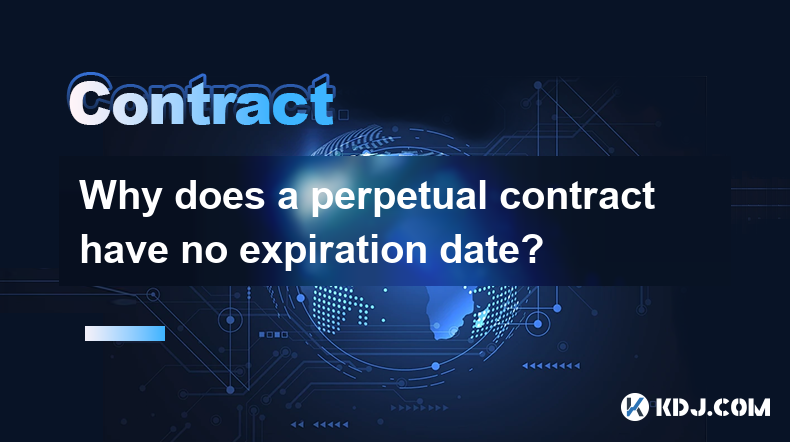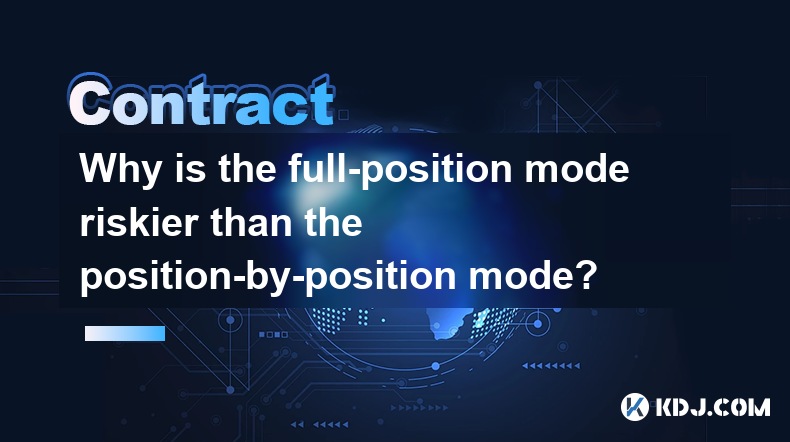-
 Bitcoin
Bitcoin $94,742.5929
1.27% -
 Ethereum
Ethereum $1,791.5046
1.40% -
 Tether USDt
Tether USDt $1.0007
0.04% -
 XRP
XRP $2.1825
-0.72% -
 BNB
BNB $600.0914
-0.06% -
 Solana
Solana $150.8716
-0.21% -
 USDC
USDC $1.0000
0.01% -
 Dogecoin
Dogecoin $0.1823
0.89% -
 Cardano
Cardano $0.7124
-0.83% -
 TRON
TRON $0.2418
-1.52% -
 Sui
Sui $3.5129
6.02% -
 Chainlink
Chainlink $14.9459
-0.30% -
 Avalanche
Avalanche $22.1935
-0.55% -
 Stellar
Stellar $0.2837
1.60% -
 Shiba Inu
Shiba Inu $0.0...01410
3.49% -
 UNUS SED LEO
UNUS SED LEO $8.9352
-3.29% -
 Hedera
Hedera $0.1923
2.50% -
 Toncoin
Toncoin $3.2041
0.94% -
 Bitcoin Cash
Bitcoin Cash $375.0361
6.28% -
 Polkadot
Polkadot $4.2644
0.66% -
 Litecoin
Litecoin $86.5634
2.75% -
 Hyperliquid
Hyperliquid $18.2878
-2.01% -
 Dai
Dai $0.9999
-0.02% -
 Bitget Token
Bitget Token $4.4438
0.49% -
 Ethena USDe
Ethena USDe $0.9997
0.02% -
 Pi
Pi $0.6482
-0.82% -
 Monero
Monero $228.0677
0.39% -
 Pepe
Pepe $0.0...09170
4.96% -
 Uniswap
Uniswap $5.8523
0.75% -
 Aptos
Aptos $5.5346
0.95%
Why does a perpetual contract transaction result in a loss?
Perpetual contract transactions can cause sizable losses for traders, as market volatility, margin calls, funding rates, and risk management errors present challenges to maintaining profitable positions.
Oct 24, 2024 at 03:34 am

Why Perpetual Contract Transactions Can Lead to Losses
Perpetual contracts are financial instruments that allow traders to speculate on the future price of an underlying asset without an expiration date. Unlike traditional futures contracts, perpetual contracts do not expire, allowing traders to maintain their positions indefinitely. While this flexibility can be advantageous, it also carries inherent risks that can lead to significant losses. Here are the primary reasons why perpetual contract transactions can result in losses:
1. Market Volatility:
Perpetual contracts are highly leveraged, meaning that traders can trade with a small amount of capital to control a larger position. This leverage amplifies both profits and losses. When the underlying asset price fluctuates significantly, traders can quickly lose their entire investment if they are not properly managing their risk.
2. Margin Calls:
To open a perpetual contract position, traders must post initial margin, which serves as collateral against potential losses. As the position moves against the trader, additional margin may be required (known as a margin call). If the trader fails to meet the margin call, their position will be liquidated, and they will realize a loss.
3. Funding Rates:
Perpetual contracts use a funding rate mechanism to prevent large price deviations from the underlying spot market. When the demand for perpetual contracts is high relative to the underlying asset's availability, the funding rate becomes positive. Conversely, when there is a high supply of perpetual contracts compared to the spot market, the funding rate becomes negative. Traders who hold long positions (betting on a price increase) pay the funding rate to traders with short positions (betting on a price decrease). This funding mechanism can add to or reduce a trader's profits/losses over time.
4. High Leverage:
As mentioned earlier, perpetual contracts are highly leveraged, which increases the potential for large losses. Traders must ensure they are aware of the leverage they are using and have a sound risk management strategy in place to mitigate potential losses.
5. Risk Management Errors:
Poor risk management practices can lead to significant losses in perpetual contract trading. This includes failing to set stop-loss orders, not calculating position size appropriately, or not diversifying positions. Effective risk management is crucial for minimizing losses and preserving capital.
6. Lack of Fundamental Analysis:
Perpetual contract traders often focus solely on technical analysis to forecast asset prices. However, ignoring fundamental analysis can lead to missed opportunities or unexpected price movements that could result in losses.
Conclusion:
While perpetual contracts offer flexibility and the potential for high profits, they also carry inherent risks that can lead to significant losses. Traders must thoroughly understand these risks and implement a comprehensive risk management strategy to minimize losses and maximize trading success.
Disclaimer:info@kdj.com
The information provided is not trading advice. kdj.com does not assume any responsibility for any investments made based on the information provided in this article. Cryptocurrencies are highly volatile and it is highly recommended that you invest with caution after thorough research!
If you believe that the content used on this website infringes your copyright, please contact us immediately (info@kdj.com) and we will delete it promptly.
- Fornelli, Italy to Unveil a Monument Dedicated to Satoshi Nakamoto, Bitcoin's Pseudonymous Creator
- 2025-04-26 07:05:13
- The Swiss National Bank has rejected holding bitcoin reserves, citing concerns over cryptocurrency market liquidity and volatility.
- 2025-04-26 07:05:13
- Dogecoin (DOGE) and Pi Coin Are Back on the Radar as Traders Search for Breakout Opportunities
- 2025-04-26 07:00:12
- Check your change for 'super rare' 50p coin with 'one tiny detail' worth £2,000
- 2025-04-26 07:00:12
- Investor focus on high-potential altcoins prompts an essential question about where $100 will generate its largest increase in value.
- 2025-04-26 06:55:13
- Bitcoin Rotation Begins — MAGACOIN FINANCE and Toncoin Get a Fresh Influx
- 2025-04-26 06:55:13
Related knowledge

How does Tail Protection reduce the loss of liquidation?
Apr 11,2025 at 01:50am
Introduction to Tail Protection in CryptocurrencyTail Protection is a mechanism designed to mitigate the risks associated with liquidation in cryptocurrency trading. Liquidation occurs when a trader's position is forcibly closed by the exchange due to insufficient margin to cover potential losses. This often happens in leveraged trading, where traders b...

What are the consequences of an imbalance in the long-short ratio?
Apr 13,2025 at 02:50pm
The long-short ratio is a critical metric in the cryptocurrency trading world, reflecting the balance between bullish and bearish sentiments among traders. An imbalance in this ratio can have significant consequences on the market dynamics, affecting everything from price volatility to trading strategies. Understanding these consequences is essential fo...

How to judge the market trend by the position volume?
Apr 11,2025 at 02:29pm
Understanding how to judge the market trend by position volume is crucial for any cryptocurrency trader. Position volume, which refers to the total number of open positions in a particular cryptocurrency, can provide valuable insights into market sentiment and potential price movements. By analyzing this data, traders can make more informed decisions ab...

Why does a perpetual contract have no expiration date?
Apr 09,2025 at 08:43pm
Perpetual contracts, also known as perpetual futures or perpetual swaps, are a type of derivative product that has gained significant popularity in the cryptocurrency market. Unlike traditional futures contracts, which have a fixed expiration date, perpetual contracts do not expire. This unique feature raises the question: why does a perpetual contract ...

Why is the full-position mode riskier than the position-by-position mode?
Apr 13,2025 at 03:42pm
Why is the Full-Position Mode Riskier Than the Position-by-Position Mode? In the world of cryptocurrency trading, the choice between full-position mode and position-by-position mode can significantly impact the risk profile of a trader's portfolio. Understanding the differences between these two modes is crucial for making informed trading decisions. Th...

How is the liquidation price calculated?
Apr 12,2025 at 01:35am
Introduction to Liquidation PriceLiquidation price is a critical concept in the world of cryptocurrency trading, particularly when dealing with leveraged positions. Understanding how this price is calculated is essential for traders to manage their risk effectively. The liquidation price is the point at which a trader's position is forcibly closed by th...

How does Tail Protection reduce the loss of liquidation?
Apr 11,2025 at 01:50am
Introduction to Tail Protection in CryptocurrencyTail Protection is a mechanism designed to mitigate the risks associated with liquidation in cryptocurrency trading. Liquidation occurs when a trader's position is forcibly closed by the exchange due to insufficient margin to cover potential losses. This often happens in leveraged trading, where traders b...

What are the consequences of an imbalance in the long-short ratio?
Apr 13,2025 at 02:50pm
The long-short ratio is a critical metric in the cryptocurrency trading world, reflecting the balance between bullish and bearish sentiments among traders. An imbalance in this ratio can have significant consequences on the market dynamics, affecting everything from price volatility to trading strategies. Understanding these consequences is essential fo...

How to judge the market trend by the position volume?
Apr 11,2025 at 02:29pm
Understanding how to judge the market trend by position volume is crucial for any cryptocurrency trader. Position volume, which refers to the total number of open positions in a particular cryptocurrency, can provide valuable insights into market sentiment and potential price movements. By analyzing this data, traders can make more informed decisions ab...

Why does a perpetual contract have no expiration date?
Apr 09,2025 at 08:43pm
Perpetual contracts, also known as perpetual futures or perpetual swaps, are a type of derivative product that has gained significant popularity in the cryptocurrency market. Unlike traditional futures contracts, which have a fixed expiration date, perpetual contracts do not expire. This unique feature raises the question: why does a perpetual contract ...

Why is the full-position mode riskier than the position-by-position mode?
Apr 13,2025 at 03:42pm
Why is the Full-Position Mode Riskier Than the Position-by-Position Mode? In the world of cryptocurrency trading, the choice between full-position mode and position-by-position mode can significantly impact the risk profile of a trader's portfolio. Understanding the differences between these two modes is crucial for making informed trading decisions. Th...

How is the liquidation price calculated?
Apr 12,2025 at 01:35am
Introduction to Liquidation PriceLiquidation price is a critical concept in the world of cryptocurrency trading, particularly when dealing with leveraged positions. Understanding how this price is calculated is essential for traders to manage their risk effectively. The liquidation price is the point at which a trader's position is forcibly closed by th...
See all articles























































































